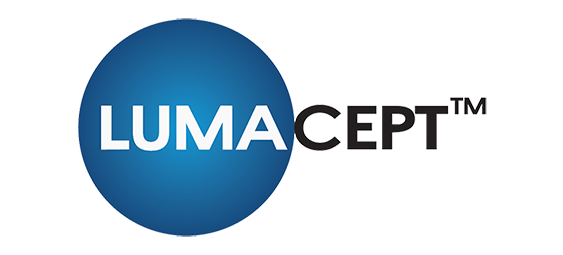In an article recently published in the Journal of Occupational and Environmental Hygiene, researchers at the CDC’s National Institute of Occupational Health and Safety studied the use of UVGI in an ambulance. The study found that optimizing the location of the UV fixtures and using Lumacept UV-C reflective paint “can substantially improve the performance of a UVGI system and reduce the time required for disinfection”. These finding are in excellent agreement with our previous trials of Lumacept in hospital rooms.
From PubMed:
J Occup Environ Hyg. 2017 Oct 23:0. doi: 10.1080/15459624.2017.1376067.
Ambulance disinfection using Ultraviolet Germicidal Irradiation (UVGI): Effects of fixture location and surface reflectivity.
Lindsley WG1, McClelland TL2, Neu DT3, Martin SB Jr2, Mead KR3, Thewlis RE1, Noti JD1.
Abstract
Ambulances are frequently contaminated with infectious microorganisms shed by patients during transport that can be transferred to subsequent patients and emergency medical service workers. Manual decontamination is tedious and time-consuming, and persistent contamination is common even after cleaning. Ultraviolet germicidal irradiation (UVGI) has been proposed as a terminal disinfection method for ambulance patient compartments. However, no published studies have tested the use of UVGI in ambulances. The objectives of this study were to investigate the efficacy of a UVGI system in an ambulance patient compartment and to examine the impact of UVGI fixture position and the UV reflectivity of interior surfaces on the time required for disinfection. A UVGI fixture was placed in the front, middle or back of an ambulance patient compartment, and the UV irradiance was measured at 49 locations. Aluminum sheets and UV-reflective paint were added to examine the effects of increasing surface reflectivity on disinfection time. Disinfection tests were conducted using Bacillus subtilis spores as a surrogate for pathogens. Our results showed that the UV irradiance varied considerably depending upon the surface location. For example, with the UVGI fixture in the back position and without the addition of UV-reflective surfaces, the most irradiated location received a dose of UVGI sufficient for disinfection in 16 seconds, but the least irradiated location required 15 hours. Because the overall time required to disinfect all of the interior surfaces is determined by the time required to disinfect the surfaces receiving the lowest irradiation levels, the patient compartment disinfection times for different UVGI configurations ranged from 16.5 hours to 59 minutes depending upon the UVGI fixture position and the interior surface reflectivity. These results indicate that UVGI systems can reduce microbial surface contamination in ambulance compartments, but the systems must be rigorously validated before deployment. Optimizing the UVGI fixture position and increasing the UV reflectivity of the interior surfaces can substantially improve the performance of a UVGI system and reduce the time required for disinfection.
